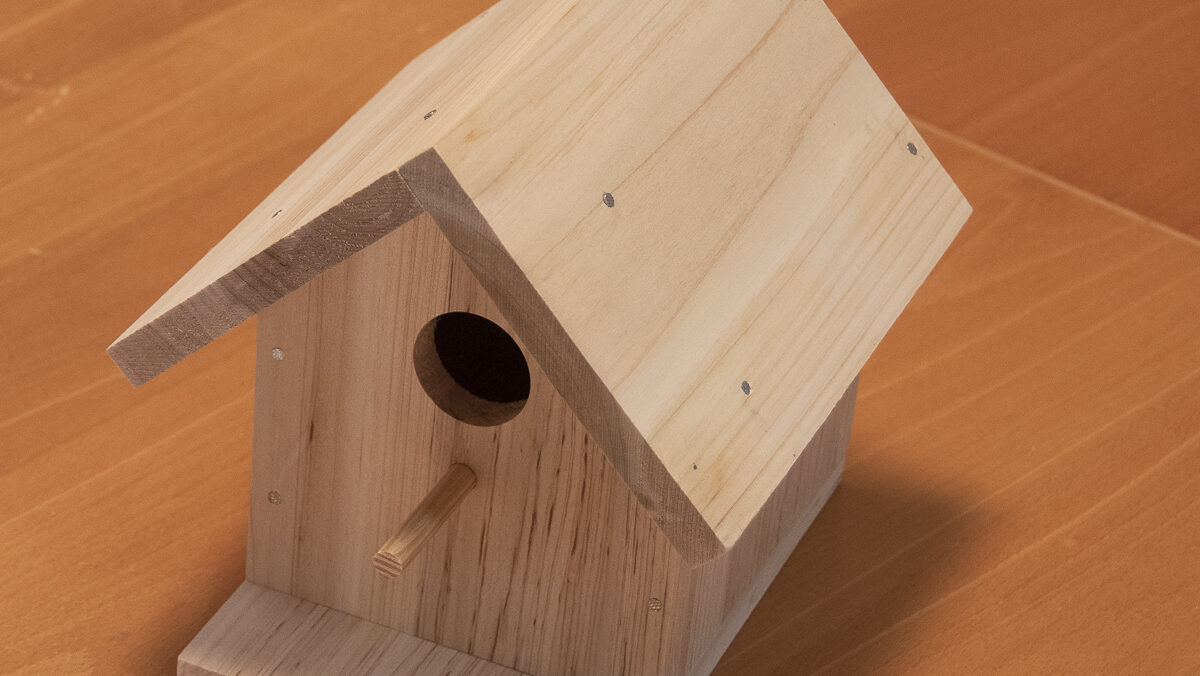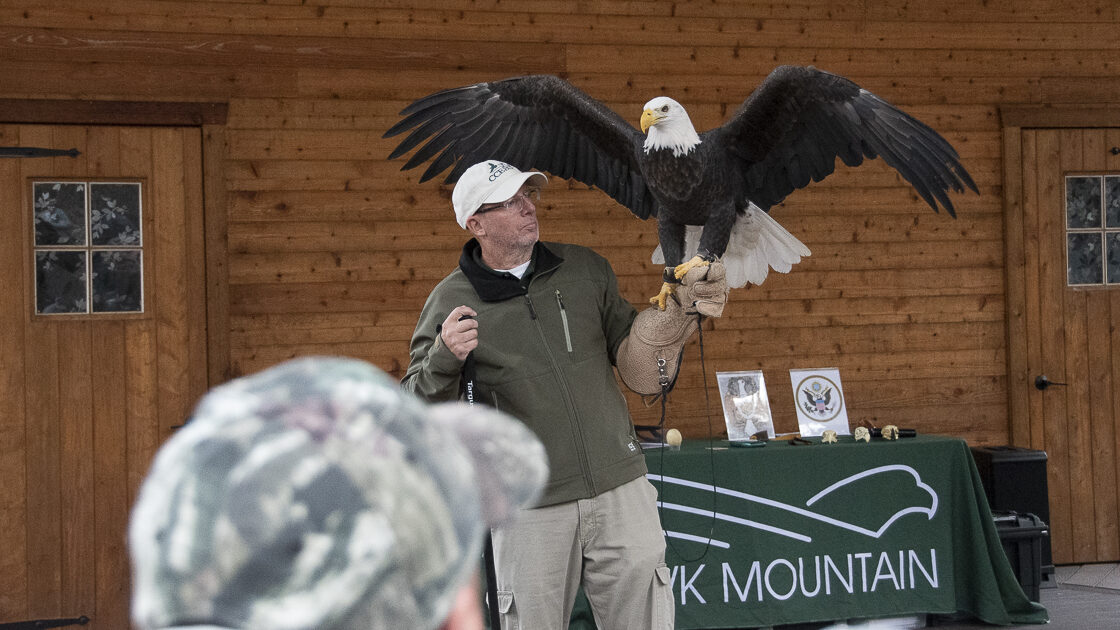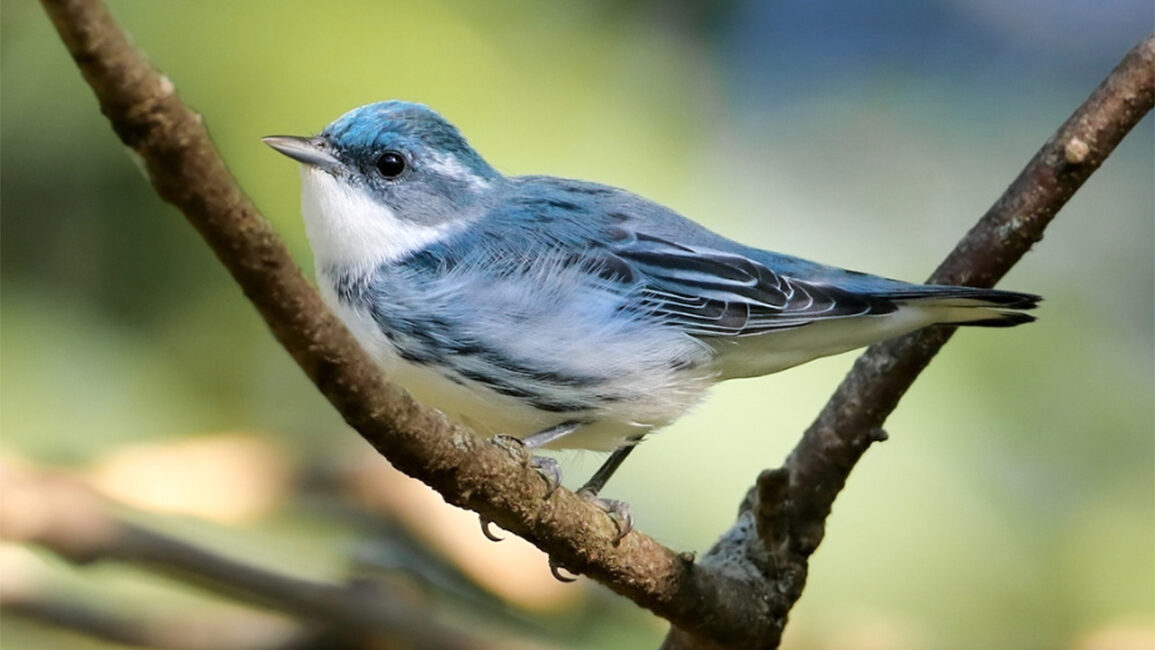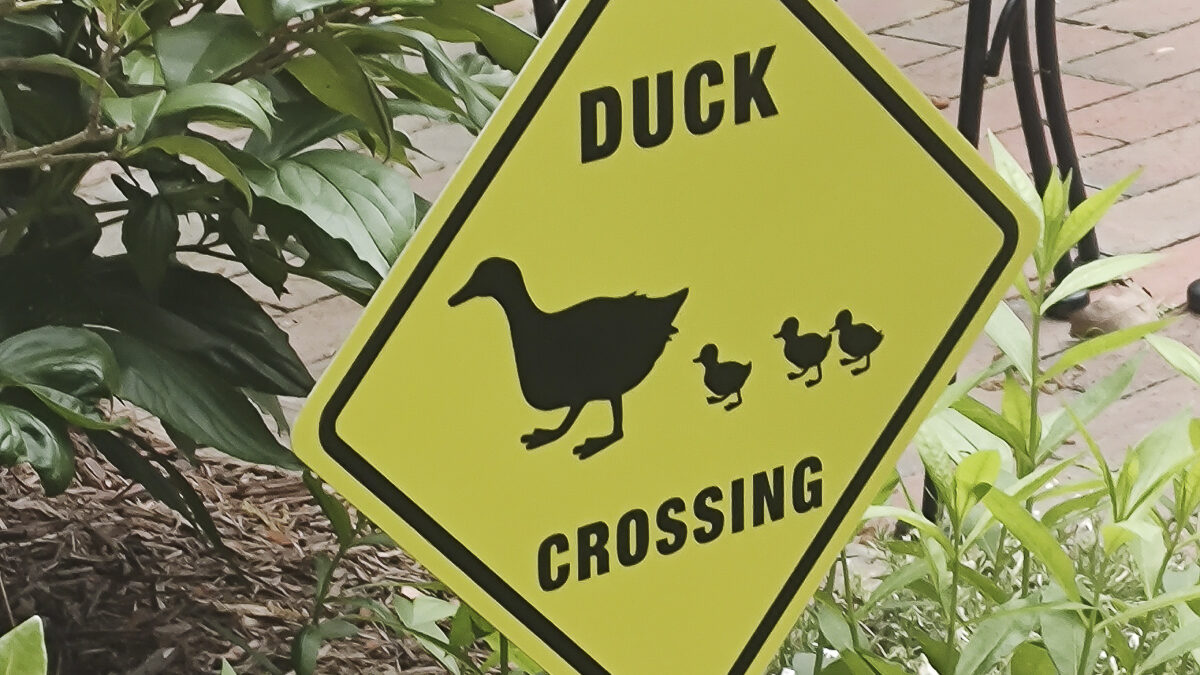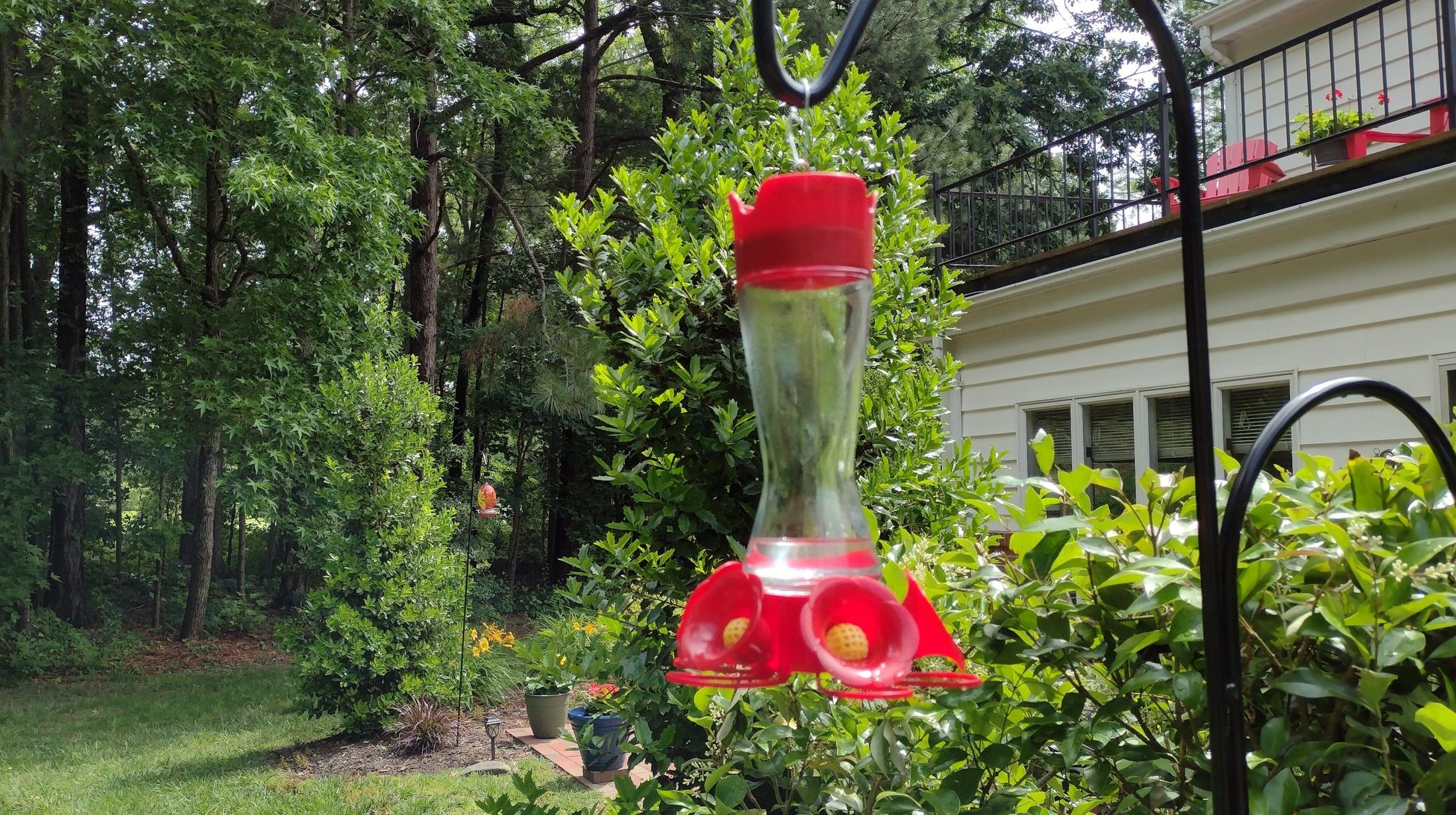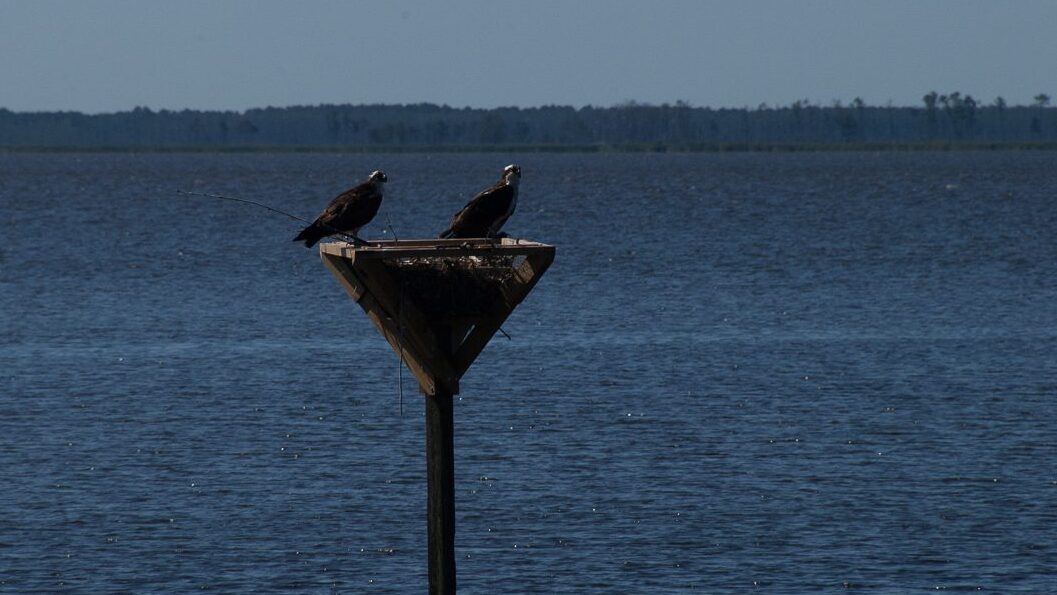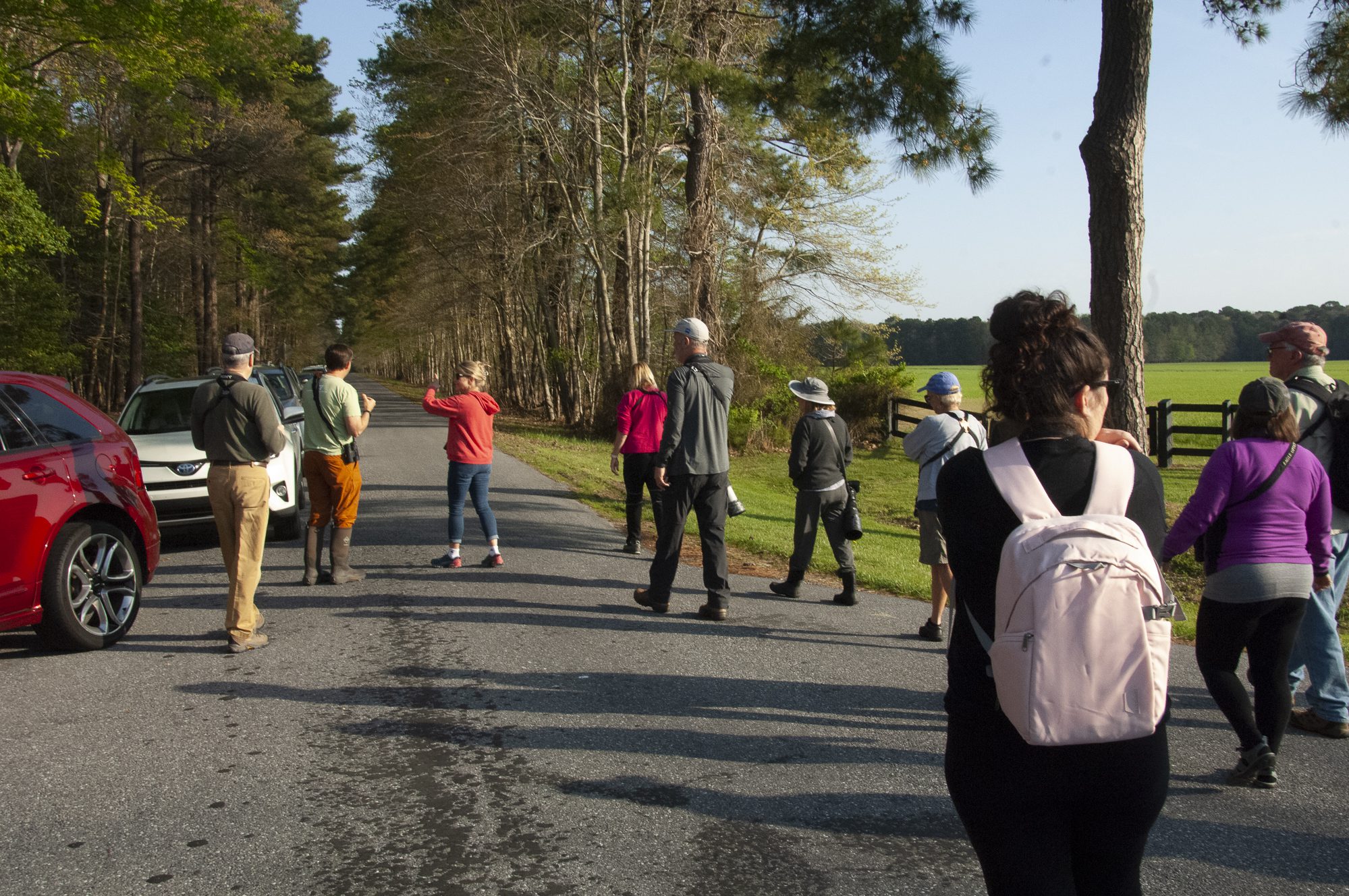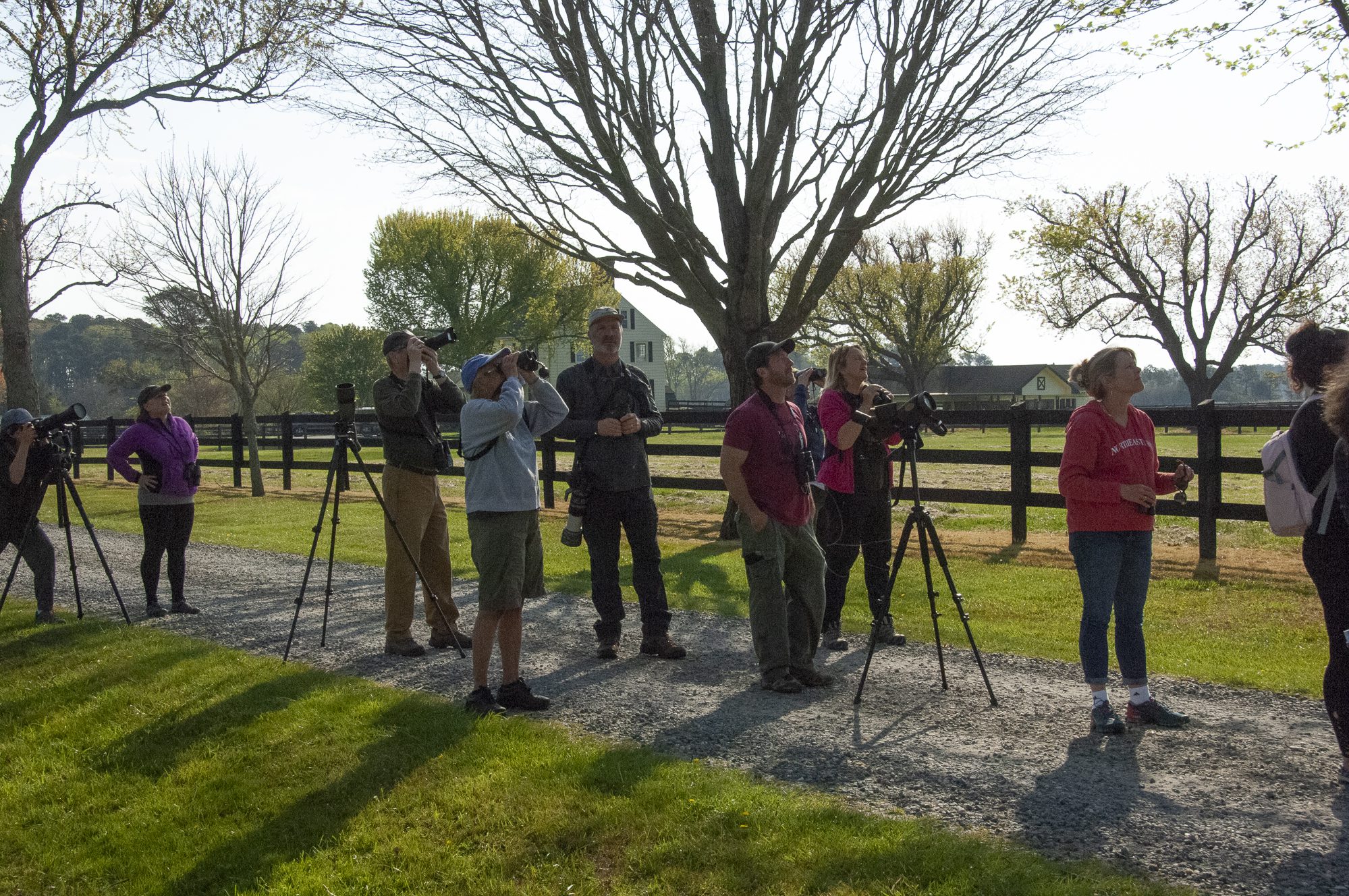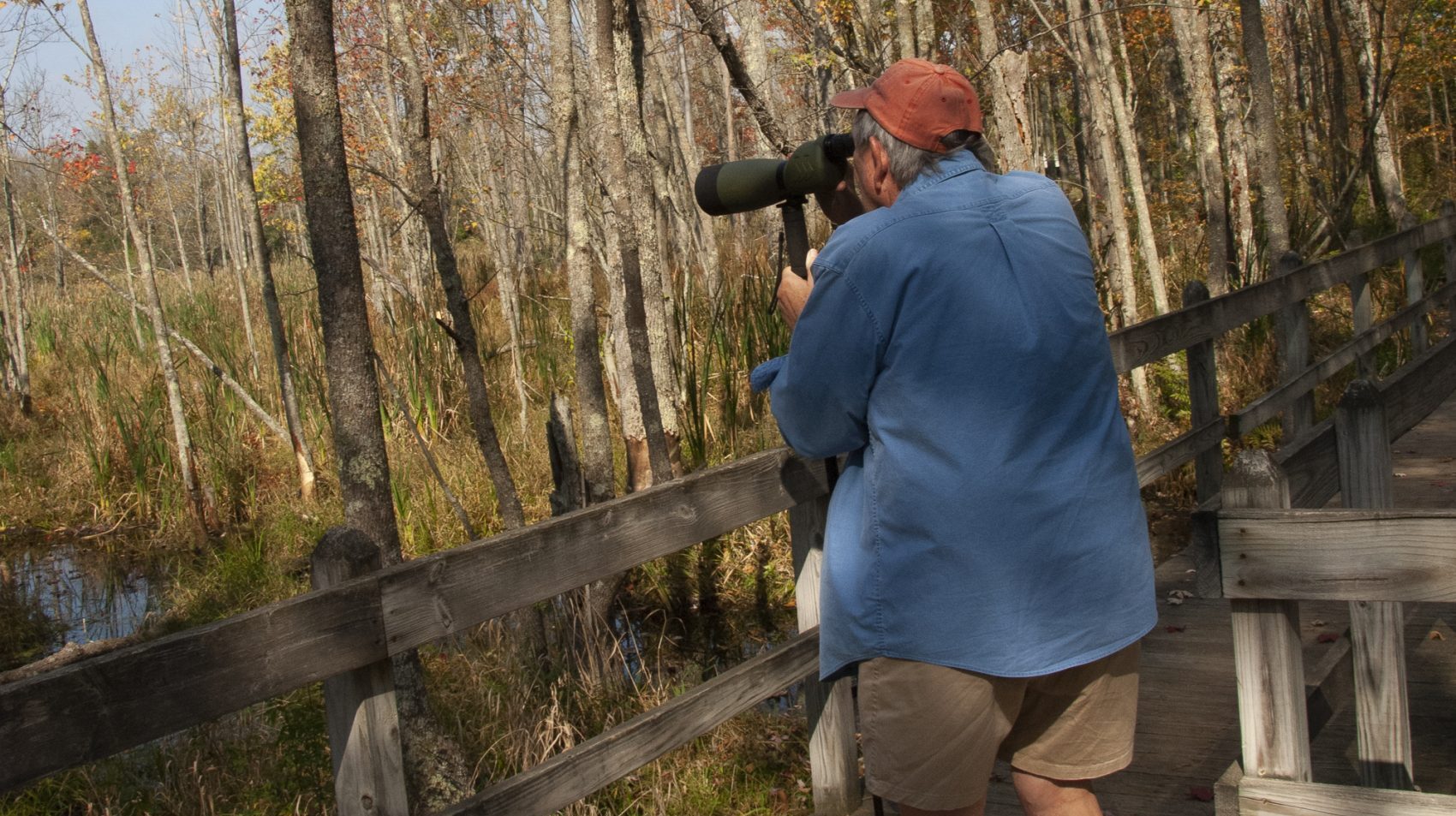Online tools Bird Cast and the Bird Migration Explorer show the way
The timing of when birds move from their southern grounds to the north depends on the northern location where they’re headed. It can be as late as May or early as February when flocks of birds head the North America and Canada. Each species of birds know when their journey north to their breeding grounds begins. In the spring weather changes with warmer temperatures and trees and bushes grow leaves and nesting begins. Flowers bloom and flourish increasing their growing food supply. The opposite is true during Fall bird Migration when food becomes scarce and their nesting spots disappear.
Use Bird Cast and the Bird Migration Explorer to follow birds migrating where you live.
Birds seem to have a built-in GPS (global positioning system) that guides them thousands of miles while finding stopover spots for food and protection in threatening weather. Even young birds on their first journey to northern breeding grounds know where to go. Of course, as part of a flock they learn from others who lead them.
Two online tools to watch migration patterns

Bird Cast is a collaboration of the Cornell Lab of Ornithology, Colorado State University and the University of Massachusetts Amherst. The tool predicts peak bird migration nightly so you can check locally. The live data runs in the Spring from March 1 to June 15. It follows Fall migration from August 1 to November 15. Of course you can look and listen outside your home and look to the skies both day and night to see and hear migrating birds.

The Bird Migration Explorer created by Audubon and nine founding partners is an online tool featuring a colorful map of routes of thousands of birds. Choose a species and learn where the species travels throughout the year and the challenges it encounters.
TIP Our firsthand experience using binoculars for birding: When you’re birdwatching, use binoculars on a monopod to steady the view. With binoculars mounted on a monopod – a one legged support that screws into the bottom of binoculars – it’s easy to carry, set down, grab a view and then pick up and walk away to the next viewing opportunity.
Gene and Katie Hamilton are bird watchers who attend birding festivals and events and write about the wonders of the birding world. They are members of the Outdoor Writers Association of America.
Post Views: 820
|





